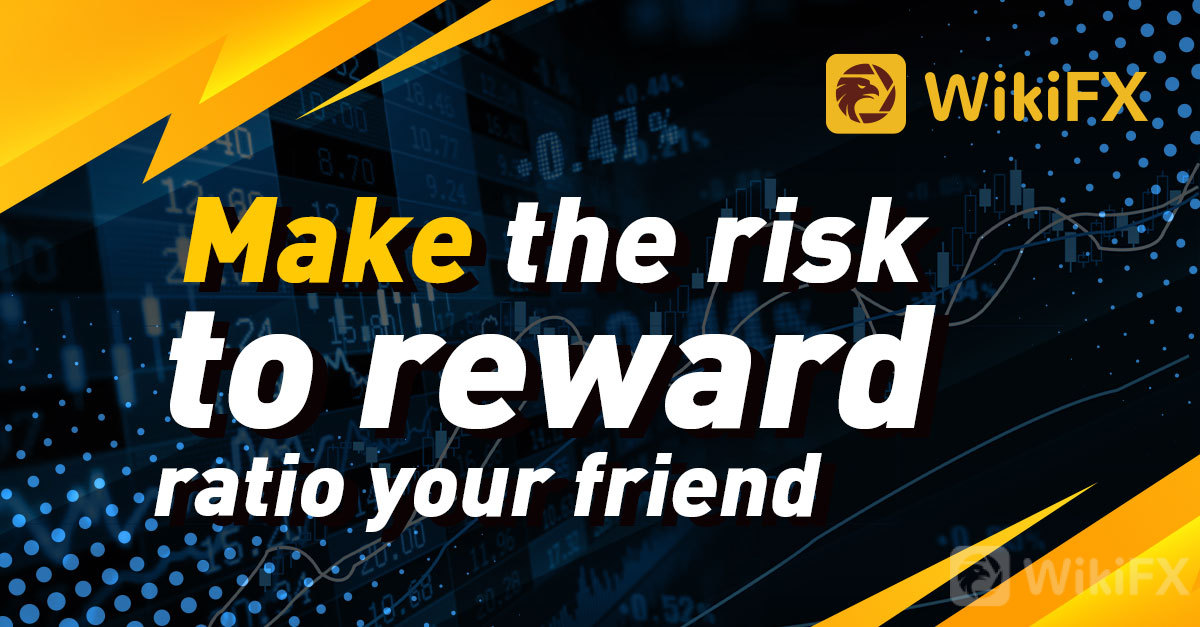
It may come as a surprise to many traders to learn that with a risk reward ratio, you can lose more trades than you win and still make a profit. How is that possible you may ask? In what may appear ground-breaking but above all re-assuring to would-be day traders, we will take you through how this is possible!
What is it?
A risk-reward ratio is the profit you expect to make on a trade, compared to the amount you are willing to lose. It has two components, the risk reward ratio and win rate. Although different – these are linked. You can calculate how much risk you are taking for a specific gain. Ideally you are looking for your price action trade to show a larger prospective gain than loss. For example, if your trade has a downside risk of 40 pips but a prospective profit of 80 pips, then your risk ratio is 2:1. Your profit will be twice as much as your loss.
Why a positive risk reward ratio is important?
You should also take this into account with the win rate. For example, if you have a risk reward ratio of 1:1, you are risking the same amount as you‘ve schemed to profit from. This means that with every losing trade, you need a winning trade. I.e., you need to ’win more trades than your loose. This means being successful over 50% of the time. Not easy!
If your risk reward ratio is 2:1 or 3:1 then you only need to win 1 trade in 2 or for the latter example 1 trade in 3. This is because your trade is twice or thrice as profitable as what you lost. This means that if your risk reward ratio is 2:1 or 3:1 you only need to win 33% or 25% of your trades!
Quantify your risk
You cannot run any form or risk reward ratio or a similar strategy without quantifying your risk. If you set unclear parameters, your risk exposure will be unclear. By using stop losses, you are defining your risk and your profit. In this way you can calculate if your prospective profit is 2 or 3 times your prospective risk. Stop losses are also there to protect you financially against a negative event.
When the Swiss Central Bank famously removed its peg against the Euro in 2015, a black swan event occurred, with the Swiss Franc appreciating suddenly and markedly. In this example of a rare event, an intraday 30% move in the asset price caused many to experience substantial losses.Those with stop losses avoided such pain.
Prioritizing risk over reward
One of the key tenets of the risk reward ratio is that you are putting risk management above profit. This risk-based approach ensures that you reduce your losses by looking for the downside risk first. This is as opposed to only focusing on the profit… forgetting that you could lose money fast! Although we have explained the theory and practise above, the disciplined trader should apply what they have learnt! Letting your emotions encourage you to take a little more risk because you believe you can make a little more profit is a slippery slope not worth trying!
There is no substitute for a disciplined approach to trading. Learning to control your emotions is paramount. Even when applying a risk reward-ratio you will lose money on some trades. Learning how to react positively and trust your trading plan will ensure that over time you win more than you lose. This is how to trade successfully and be a consistently profitable trader.
Download WikiFX (bit.ly/wikifxIN) to get lessons from experts who have traded forex for over 20 years.
Leave a Reply